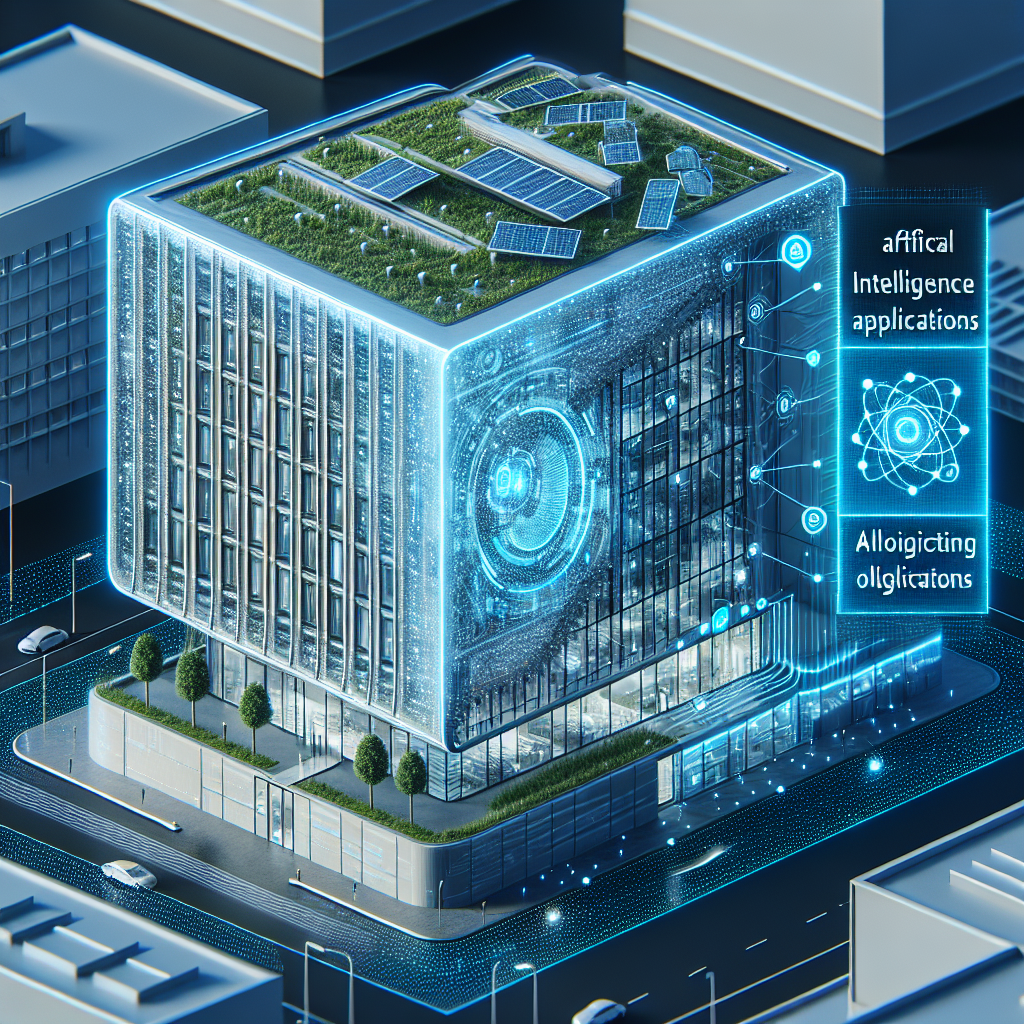In recent years, Artificial Intelligence (AI) has been making significant strides in various industries, including architecture and construction. One area where AI is proving to be particularly useful is in building envelope optimization. The building envelope refers to the physical barrier that separates the interior of a building from the external environment. It includes the walls, roof, windows, doors, and foundation of a building. Optimizing the building envelope is crucial for improving energy efficiency, reducing carbon emissions, and enhancing occupant comfort.
AI technologies such as machine learning, neural networks, and predictive modeling are being used to analyze and optimize building envelopes in ways that were not possible before. By leveraging AI, architects and engineers can design buildings that are more sustainable, energy-efficient, and cost-effective.
One of the key applications of AI in building envelope optimization is in the design phase. Traditionally, architects and engineers would manually design building envelopes based on their experience and intuition. However, with the help of AI, they can now use advanced algorithms to analyze vast amounts of data and generate optimized designs that maximize energy efficiency and occupant comfort.
For example, AI can analyze the building’s orientation, location, climate, and other factors to determine the best materials, insulation levels, and window sizes for the building envelope. By considering all these variables, AI can generate designs that minimize heat loss in the winter and heat gain in the summer, leading to lower energy bills and a more comfortable indoor environment.
Another application of AI in building envelope optimization is in the construction phase. AI can be used to monitor and analyze the construction process in real-time, ensuring that the building envelope is built according to the design specifications. This can help prevent costly errors and delays, leading to a more efficient construction process.
Furthermore, AI can be used to optimize the maintenance and operation of the building envelope. By analyzing data from sensors and building management systems, AI can detect anomalies, predict failures, and recommend maintenance actions to keep the building envelope in optimal condition. This proactive approach can help extend the lifespan of the building envelope and reduce maintenance costs over time.
Overall, AI applications in building envelope optimization have the potential to revolutionize the way buildings are designed, constructed, and operated. By leveraging AI technologies, architects and engineers can create buildings that are more sustainable, energy-efficient, and comfortable for occupants.
FAQs:
Q: How does AI optimize the building envelope design?
A: AI analyzes data on the building’s orientation, location, climate, and other factors to generate optimized designs that maximize energy efficiency and occupant comfort.
Q: Can AI help reduce construction errors in building envelopes?
A: Yes, AI can monitor and analyze the construction process in real-time to ensure that the building envelope is built according to the design specifications, helping to reduce errors and delays.
Q: How does AI optimize the maintenance of the building envelope?
A: AI analyzes data from sensors and building management systems to detect anomalies, predict failures, and recommend maintenance actions to keep the building envelope in optimal condition.
Q: What are the benefits of using AI in building envelope optimization?
A: The benefits of using AI include improved energy efficiency, reduced carbon emissions, enhanced occupant comfort, and cost savings over time.

